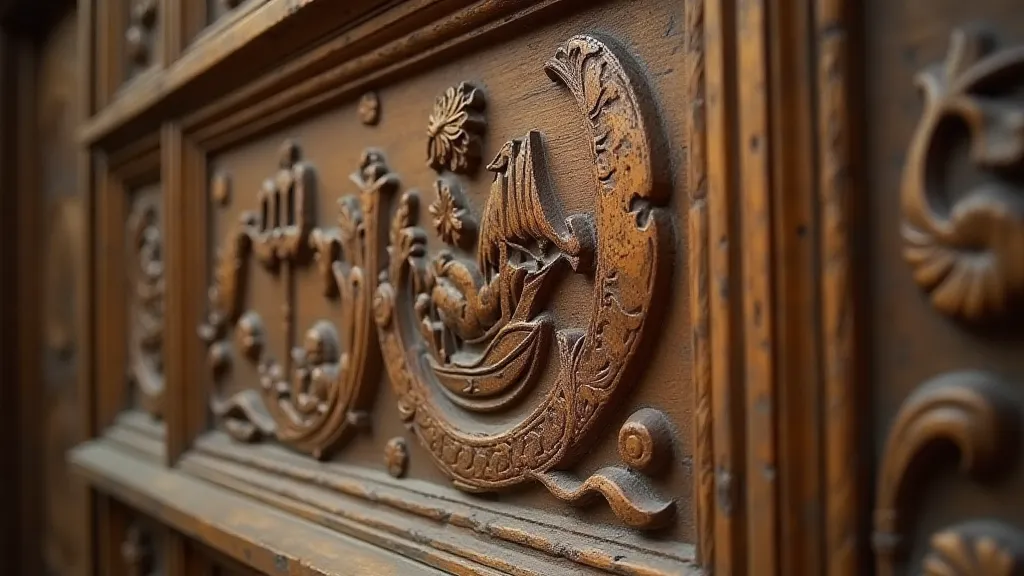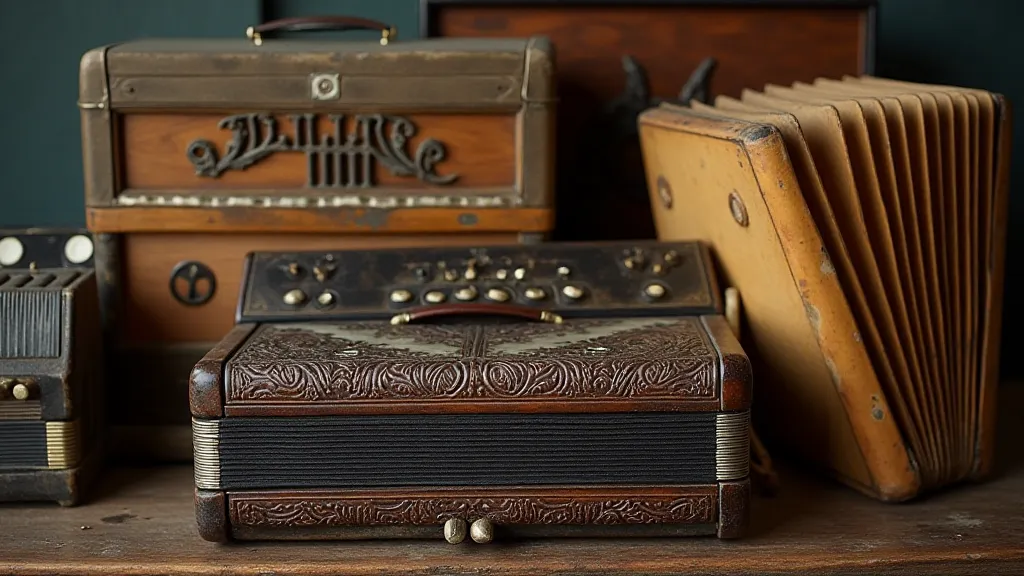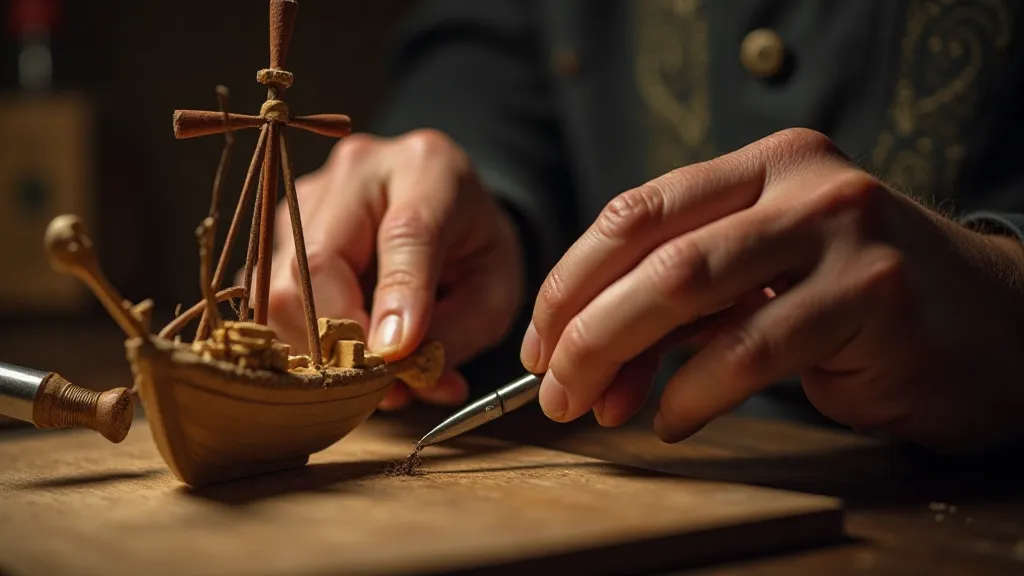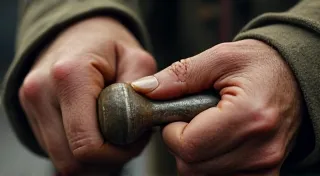From Splinter to Spirit: Infusing Personality into Your Build
The scent of cedar, the feel of finely sawn timber under your fingertips, the quiet satisfaction of a perfect dovetail… building wooden model ships is more than just a craft; it's a connection to history, a meditation on skill, and, crucially, an opportunity for creative expression. Too often, model ship building is approached as an exercise in precise reproduction, a race to replicate a historical vessel with clinical accuracy. While accuracy is admirable – a testament to research and dedication – it can also stifle the burgeoning spirit within each build. This article explores how to move beyond mere duplication and imbue your model ship with personality, transforming it from a faithful copy into a unique work of art.

The Legacy of the Master Shipwrights
Consider the historical shipwrights. They weren’t simply following blueprints – which, often, were more guidelines than rigid specifications. They were artisans, responding to the wood itself, adapting designs to local materials, and incorporating their own subtle innovations. Each ship was a reflection of its builder, subtly shaped by their skill and temperament. The curves of the hull, the design of the figurehead, the choice of ornamentation - these weren't arbitrary details; they were expressions of the shipwright's artistry.
Think about the stories embedded in the ships themselves. The 'HMS Bounty,' forever intertwined with tales of mutiny and tropical escape, carries a silent echo of the sailors' lives. The 'Cutty Sark,' a tea clipper whose name evokes a romantic image of sea sprites, whispers of perilous voyages and the rush to deliver precious cargo. These ships weren’t just vessels; they were floating narratives, and the shipwrights were instrumental in shaping those narratives.
Beyond the Plans: A Dialogue with the Wood
The first step in infusing personality into your model ship build is to abandon the slavish devotion to the plans. Use them as a foundation, yes, but allow yourself to respond to the wood. Every piece of timber is unique, possessing its own grain pattern, color variations, and subtle imperfections. Rather than fighting these characteristics, embrace them. A slightly darker piece of wood can become a dramatic accent, highlighting a particular feature. A knot can be incorporated into the design, becoming a focal point of interest.
I recall struggling with a build of the 'Constitution' years ago. A crucial piece of hull planking arrived with a significant wave in its grain. Initially, I was frustrated, fearing it would compromise the accuracy of the model. But after a moment of reflection, I realized I could leverage this imperfection. I carefully positioned the piece, allowing the wave to accentuate the natural curvature of the hull, creating a more dynamic and visually compelling shape than the plans strictly dictated. It became a signature mark of that particular build, a reminder of the unexpected beauty that can emerge from embracing the wood’s inherent qualities.
Color, Finish, and the Illusion of Age
The choice of finishes is another crucial element in conveying personality. While historically accurate paint schemes are important, subtle variations in color can profoundly impact the overall impression. Perhaps a slightly warmer shade of ochre for the deck planking, or a touch more reddish-brown for the hull. These small deviations can evoke a sense of history and character, suggesting decades of sun and sea weathering.
Consider the 'fat-over-thin' technique, a traditional method of layering paint and varnish. This process creates depth and complexity, mimicking the effects of time and exposure. The illusion of age can be further enhanced through the use of pigments to simulate grime and weathering. Remember, a pristine, factory-fresh appearance rarely captures the essence of a historical vessel; it’s the accumulated marks of time, the subtle signs of use and hardship, that truly tell a story.
The Figurehead: A Vessel’s Soul
The figurehead, often the most decorative element of a ship, presents a prime opportunity for creative expression. While historically accurate figureheads can be stunning in their own right, feel free to introduce subtle variations or even a completely original design. Perhaps a slightly more expressive face, or a more dynamic pose. It's a chance to inject a touch of whimsy and personality into the build.
I'm a passionate collector of antique accordions, and I’m struck by how each one possesses a unique character. Scratches, dents, and faded paint tell stories of countless performances and travels. That same principle applies to model ship building. The imperfections, the subtle variations, these are the elements that breathe life into the model, transforming it from a mere reproduction into a work of art.

Embrace the Process, Not Just the Result
Ultimately, infusing personality into your model ship build isn’t about defying the rules or disregarding historical accuracy. It’s about understanding those rules and then consciously choosing to bend them, to adapt them, to personalize them. It’s about embracing the process, not just the result. It’s about allowing yourself to be guided by your intuition, to respond to the wood, and to allow your own artistic sensibility to shine through.
The greatest reward in model ship building isn’t simply the completion of the project; it’s the journey of creation, the joy of discovery, and the satisfaction of creating something truly unique, something that reflects not only the vessel it represents, but also the spirit of the builder. The “spirit” of that wooden vessel is truly transferred from the master shipwrights into the craftsman’s hands, and then to the final model built.






